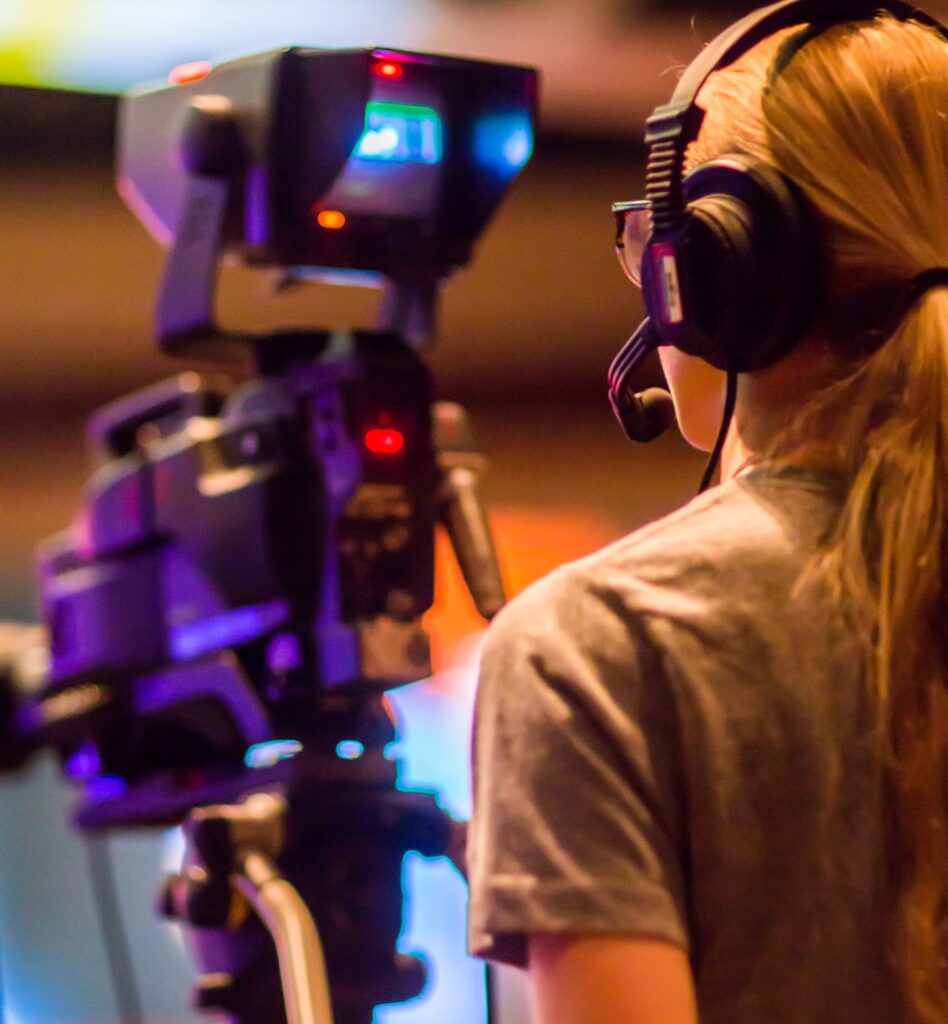Universal Studio is the film industry for all diversities
- History has shown that women have always wanted to make movies since the very earliest days but being given the opportunity
- Look at the silent era as ‘Hollywood’s Awkward Years’, best forgotten about
- The best way to improve upon the numbers of women in the filmmaking industry is be aware of the change
The earliest story most people hear about Hollywood is the one told by men about men. Except that this wasn’t always the case.
History has shown that women have always wanted to make movies since the very earliest days but being given the opportunity is where a lot of difficulty set in for many women.
While it might be hard to accept, the game of Hollywood is rigged a lot of the time, it’s a case of not what you know, but who you know.

Except when the technology first existed, women used it to make films and there was no one there to tell them they couldn’t because of their gender.
Female filmmakers
Some female filmmakers became so highly valued, they were paid more than any man in town.
In 1917, Universal Studios credited eight female directors, which for its time, was a good number, considering the film industry and Hollywood was still in its infancy, not even having started to experiment with sound technology.
In a lot of ways, the silent era was female dominated. While this may raise a few questions, as there is a popular idea of women in the silent era limited to a girl tied to a railway track, the truth behind this image differs.

Mabel Normand, an actress, producer and director from New York, portrayed the woman tied to the railway track for a change of pace in her career, as more of a comedic challenge. In her other films, she portrayed female characters that were jumping from trains to save the male characters in the movie.
All this context surrounding the silent era was dismissed with many choosing to look at the silent era as ‘Hollywood’s Awkward Years’, best forgotten about.
This is a clear example of how the past could shape the future and the future of female directors and films altogether, but instead the story was brushed over and what was created to replace it was something a little more patriarchal.
The world of filmmaking
In the 21st century, ideas sometimes appear to be more modernised, particularly with various employment industries, including the world of filmmaking.
However, the most accurate way to analyse if any change has occurred is to compare numbers of women in the filmmaking industry and how the numbers have changed over the last ten years.
USC Annenberg School for Communication and Journalism have analysed how the filmmaking industry has changed over the years spanning from 2007 to 2019, as a part of their inclusion initiative to spark a drive to change male to female ratios in the filmmaking world.
The study found that of the top 100 grossing films of 2019, women represented 10.7%, which amounted to 12 female directors.
This was a significant rise from 2007 where only three female directors worked on the top 100 films of that year.
Whilst there are signs of improvement, the number of female directors across 1,300 movies from 2007 to 2019 was 57, with only 70 directing jobs being given to them during that thirteen year period.
Working behind the scenes
The writing sector of filmmaking had a few more women working behind the scenes, with 19.4% of screenwriters in 2019 being female, a rise from 2007 where women only comprised 11.2% of writers.

Women made up a quarter of the production side of filmmaking however, with this number, there has not been significant enough of a rise to warrant change and foster the inclusion initiative USC Annenberg are proposing.
To prompt change in the industry, a number of strategic solutions need to be implemented to foster systematic change.
This includes collective action, on behalf of the heads of Hollywood to make decisions about employing female filmmakers in all departments. For this, targets may need to be set to show they are reaching any goals they set out to achieve.
To hire more women, interview processes need to be transparent and women filmmakers behind the camera should be hired on ability rather than gender.

Showreels
Once they are given a chance to prove themselves and create a showreel, more studio heads will begin to take notice and place their faith in them.
There has been some improvement for the lives of female actresses who have before, faced opposition; this includes women of ethnic minority backgrounds being mentioned and honoured.
The most notable example is Michelle’s Yeouh’s win of Best Actress at the 2023 Oscars, the first Asian actress to ever receive this award.
USC Annenberg have noted that there is progress, the study discovering that 43% of the top 100 films of 2019 starring a female lead or co-lead.
The leading studios for inclusivity were Universal and Paramount, with Universal having a balanced number of 50% of female leads and co-leads in the films they released in 2019, they also led the way with the most female directors working for their company.
Helen O’ Hara, freelance film journalist for Empire film magazine, explained the problem with the ratio of males to females in the industry, particularly during the process of researching and writing her book, ‘Women vs Hollywood’.

“The main and fundamental thing is that there have always been women who wanted and tried hard to make films, and that it’s simply not the case they don’t want to direct, write or produce or didn’t do the right things in order to have that career.
They took the same steps as the men, showed the same desire as the men, and then in most cases just didn’t get ahead,” O’ Hara explained.
“The situation is now being talked about a lot more,” O’ Hara continued. “Studios are being called to answer for their lack of diversity, which is step number one.
‘The situation is now being talked about a lot more’
Helen O’ Hara
Of course, step number two is actually hiring women. Keeping the conversation going is the greatest way of forcing change.”
The best way to improve upon the numbers of women in the filmmaking industry is be aware of the change and provide equal opportunities to everyone, based on their skill and work ethic, regardless of background or ethnicity.




